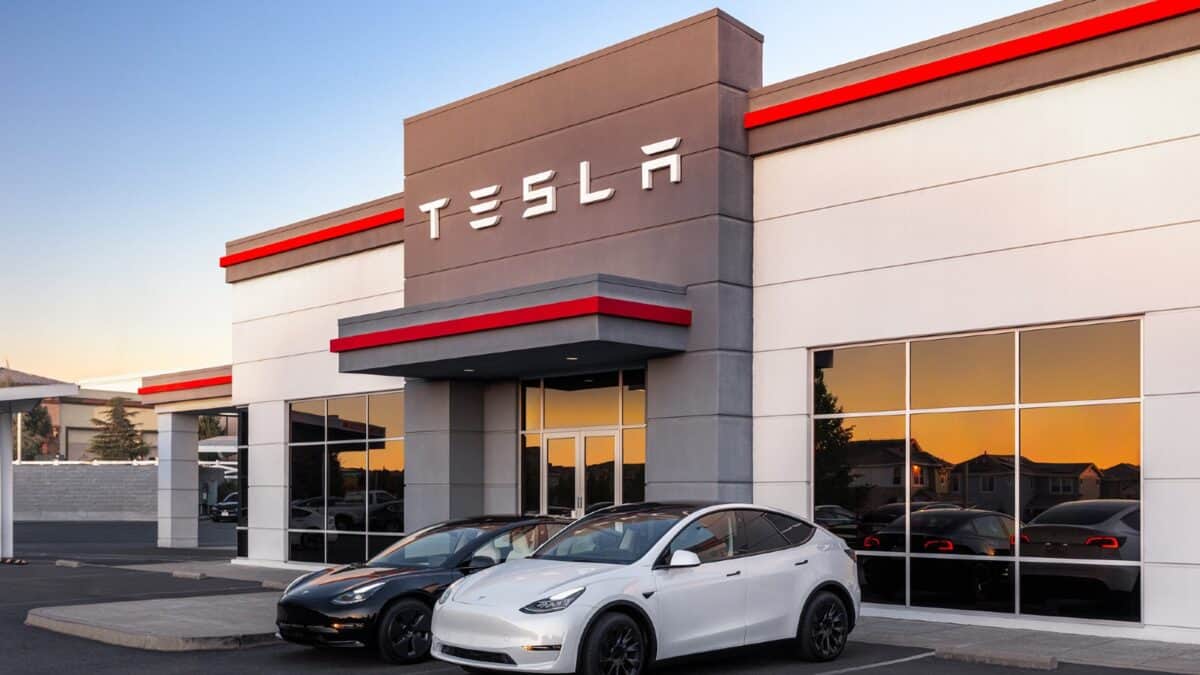Tesla (NASDAQ:TSLA) stock is down 23% since the beginning of the year. That might sound pretty bad, but it’s necessary to factor in the appreciation of the pound against the dollar.
The dollar is actually down 10% against the pound over the period, and this means that the total loss in pound terms would be 31%. As such, a £10,000 invested then would be worth just over £6,900 today.
But where could it go from here?
The value proposition
Honestly, I’ve never quite understood the fascination of retail investors with Tesla stock. Although, I appreciate that CEO Elon Musk is a very public figure and that he sells a very simple but ambitious narrative.
Likewise, Tesla stock has long been detached from its valuation. It’s always been about whether you believe that Tesla will be the dominant player in electric vehicles (EVs) and autonomy. Quantitive analysis doesn’t come into it, and that may appeal to some novice investors.
So, what’s the value proposition today? Well, the valuation still makes very little sense to me. It trades at 171 times forward earnings and has a price-to-earnings-to-growth (PEG) ratio is 8.2.
For me, this latter number is particularly important. Growth-adjusted metrics are a core part of my assessment of a stock. For context, traditionally a PEG ratio lower than one suggests fair value. Meanwhile, the current tech sector average PEG is 1.7.
This tells us that even when factoring in growth forecasts, Tesla looks richly valued.
Beating expectations
Of course, the Tesla narrative is that it can and will beat expectations over the long run. The company recently announced the first ever autonomous delivery of a vehicle showcasing how the company really is at the cutting-edge of autonomous driving.
This milestone demonstrates the maturity of Tesla’s Full Self-Driving (FSD) technology and paves the way for broader adoption of autonomous delivery and robotaxi services.
And if it truly succeeds, the sky is the limit. Cathie Wood, CEO of ARK Invest, remains notably bullish on Tesla’s prospects, recently reiterating her 2029 price target of $2,600 per share, driven largely by the potential for exponential growth in robotaxi revenues.
Tesla’s camera-only approach to autonomy, known as Tesla Vision, could ultimately win over the more common lidar due to its scalability, cost efficiency, and alignment with how humans drive. Cameras are far less expensive and easier to integrate into vehicle design, reducing hardware costs and complexity compared to lidar’s active laser systems.
While lidar excels in poor visibility and depth perception, Tesla’s deep neural networks are advancing quickly, narrowing the gap in object detection and scene understanding. Proponents like former Tesla AI lead Andrej Karpathy argue that, since humans drive safely using only vision, a sufficiently trained AI can do the same.
The bottom line
Personally, despite running a Tesla myself, I can’t invest in the stock. The execution risk is simply too high at 171 times forward earnings. It’s actually a little speculative for me at this price.
#invested #Tesla #stock #months #worth
